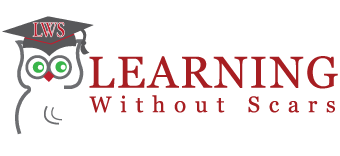Too often, dealerships call around to the neighboring dealers and ask for their service pricing. While it is understandable to want to know what the pricing is in your territory, it is more important to develop the price structure that is required to attract the business and also produce the profit necessary to operate a dealership.
We will expose the “peanut butter” labor pricing for what it is – an over-simplified, unrealistic pricing mechanism – and provide an alternative to consider. It all starts from the skills of the men, as well as the degree of difficulty of the work involved. This requires that we know the skills of the men we employ, and then use their skills on jobs that match that skill. Consider that the wage that is paid to the men is a direct reflection of the skills that the men have, and we have a starting point to determine labor rates. It is called a “wage multiple.”
This methodology has been in use for a long time, but not by sufficiently large numbers of dealerships. Currently, most of us over-price low skill work and underprice the high skill work. We will define and describe the wage multiple so that, upon the completion of this class, the participants will be able to return to work and recalculate their labor rates with this new method and evaluate whether or not they should apply it in their Service Department.
